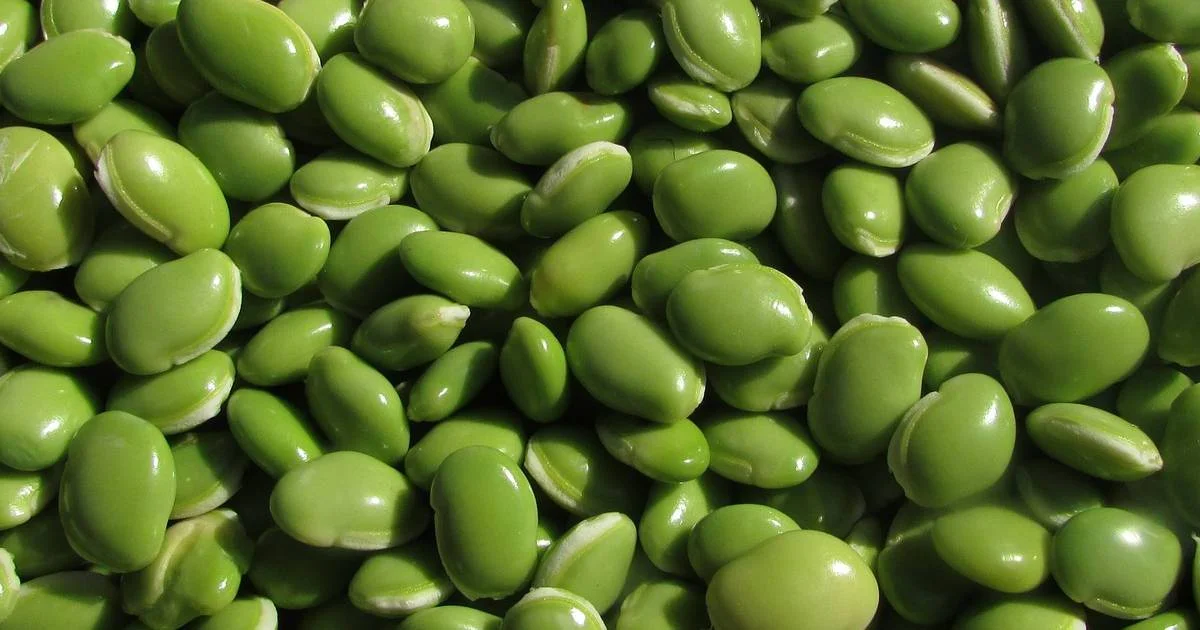Like many, Jon Krakauer’s Into Thin Air (1997) was my introduction to Everest and its inexplicable temptation. Sharon Wood takes us back a decade, to the spring of 1986. This is 10 years before the disaster climb resulting in eight deaths that Krakauer witnessed and chronicled.
Wood’s experience of Everest has its own dark shadows too. Despite being the first Canadian woman (and first woman in the Western Hemisphere) to summit Everest, the emotional mountain ranges she has continued to climb since have been her greatest feat. She had other blinding spindrift to contend with: a dissolving marriage, the static of stigma and a landscape of depression more daunting than Everest’s 8,848-metre shoulder.
Rising is tightly tethered not only to the climb itself but also to the climb within. Wood was wild inside and out, and her rocky teen years make her success even more championed. She had already tried acid by age 14 and found early thrills in shoplifting. She lied to obtain a boat licence to secure a job as a tour boat guide at Maligne Lake at age 16, convincing the higher-ups that she was 18. She was badass and resilient from the get-go. Outward Bound’s program was her saviour, and the steadfast guidance and mentorship she found in the alumni stitch up early wounds. She arrived to the program wayward, but left with direction and the necessary stubbornness.
Her résumé soon includes “highs” like El Capitan, Cassin Ridge (Denali), Makalu and the Andes. She’s well versed in situations going sideways, and easily rebrands herself from being a high school dropout to a mountaineering icon, gender aside.
You’ll want a hot water bottle on your lap as you read the polar passages in her West Ridge Direct attempt. Her team lands with 5 tonnes of food and equipment for the 2-month commitment. That’s 150 boxes, barrels and duffel bags of rescue equipment, ropes, freeze-dried meals and canned broccoli (who knew there was such a thing?). The passages that focus on fried fruitcake and sausage appeal more than the details of chronic coughs and throats so raw that the team has to suck lozenges during hoarse (and brief) conversation.
This is a dedicated bunch. They shuffle gear between the six camps, acclimating as best as the human body permits, accepting the altitude headaches as a minor irritation, headaches that Wood describes as “small sharp teeth gnawing inside my temples.” There’s the constant threat of pleurisy, avalanche, hypoxia, cerebral edema, retinal hemorrhage and sprained intercostal muscles from coughing. Yeah, Everest! Go, team! The high-altitude formula is this: Gain no more than 300 metres over 3 days. Everest, it’s a slow go.
I’m not sure what amazes me most: Wood not showering for 5 weeks, or drinking 8 litres of water a day. Rising is full of wonder and ghosts, both frozen and alive. All come to linger on the storied mountain where fragile psyches meet gale force winds and a brand of resilience that only the climbers can know.
(Douglas & McIntyre, 2019)
Jules Torti’s work has been published in The Vancouver Sun, The Globe & Mail, travelife, Canadian Running and Coast Mountain Culture. With experiences as a canoe outtripper, outdoor educator, colouring book illustrator and freelancer, she is thrilled to be able to curate, write and read about the very best things in life.












